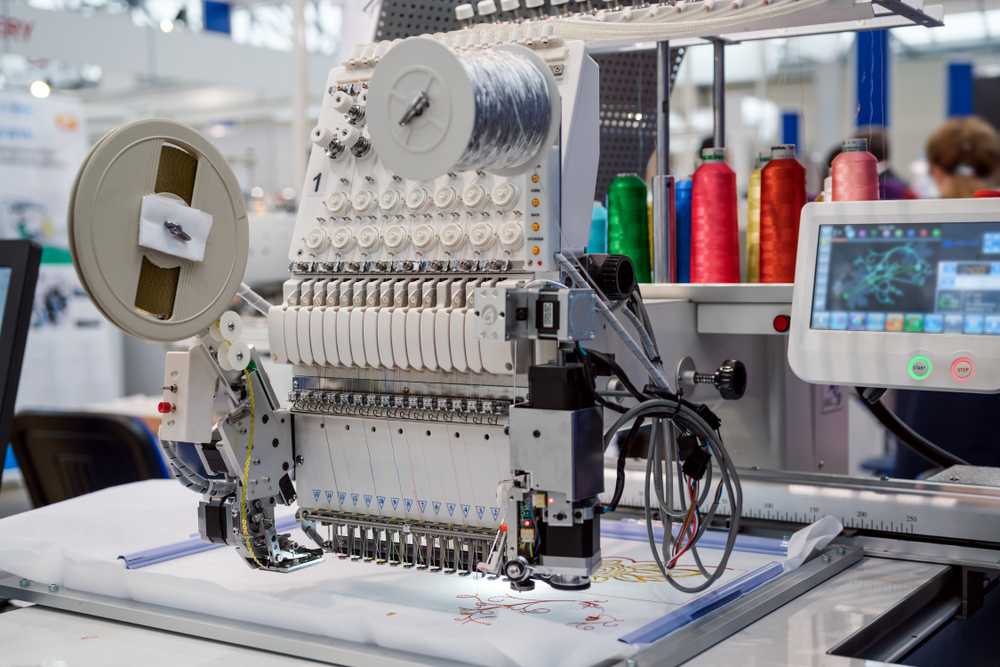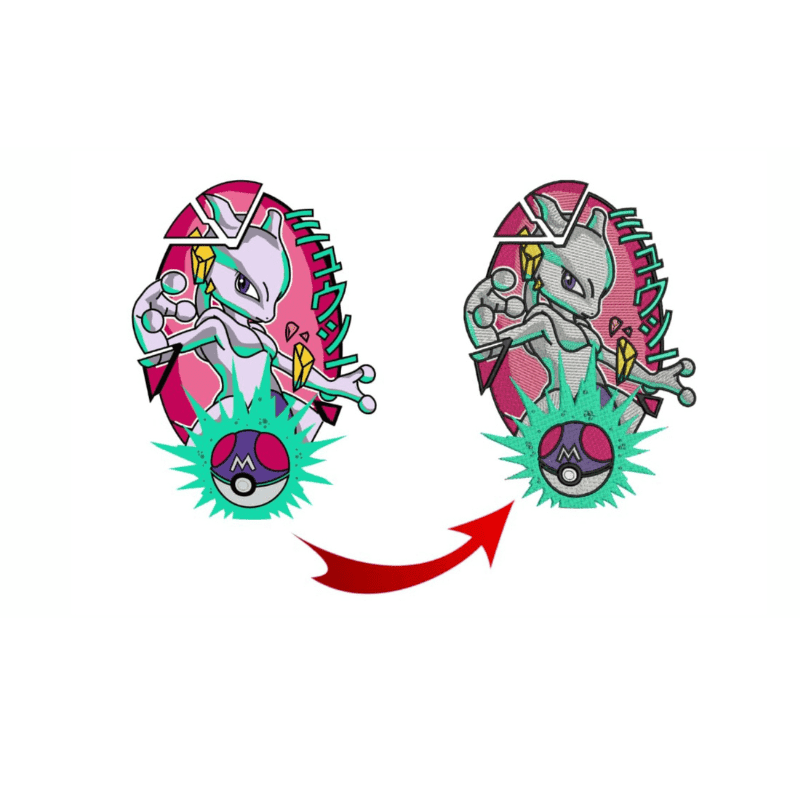Understanding the Needlework Digitizing Refine: Your Ultimate Overview
Needlework digitizing is a thorough craft that needs accuracy and expertise to equate complex designs into digital formats for maker needlework. As craftsmens start this trip to master the needlework digitizing process, a detailed understanding of the basics establishes the structure for excellence. Past the fundamental expertise exists a world of innovative software program, specialized devices, and nuanced strategies waiting to be checked out. By delving right into the subtleties of digitizing, one can unlock a globe of innovative opportunities and raise their needlework jobs to brand-new elevations.

Recognizing Embroidery Digitizing Basics
Needlework digitizing basics form the foundation upon which intricate layouts are translated into machine-readable styles for exact stitching. This preliminary step in the embroidery digitizing procedure is essential for making certain that the last embroidered item is a faithful representation of the initial layout. Understanding embroidery digitizing fundamentals entails comprehending vital ideas such as stitch types, sew direction, density, padding, and pull settlement.
Sew kinds play a crucial role in identifying the visual and textural result of the embroidered layout. By picking the ideal stitch kind, whether it be satin, fill, or running stitch, digitizers can accomplish the preferred result and improve the overall high quality of the embroidery. Additionally, stitch instructions influences the flow and measurement of the style, while density determines the spacing and insurance coverage of the stitches.
Moreover, underlay sewing supplies stability to the layout by protecting the material and preventing distortion throughout the embroidery procedure. Pull compensation is an additional necessary consideration to counteract the all-natural tendency of material to contract when sewn. Grasping these embroidery digitizing basics is basic for producing professional-quality embroidered items.
Selecting the Right Digitizing Software Program
Picking the proper digitizing software is a critical choice that substantially influences the performance and high quality of the needlework digitizing process. Digitizing for Embroidery. When selecting the right digitizing software application, it is important to think about variables such as the complexity of layouts you intend to create, the user-friendliness of the software application, the degree of customer support supplied, and the compatibility with your needlework equipment
There are various digitizing software application options offered in the market, ranging from standard programs for newbies to advanced software application for specialist digitizers. Some preferred choices include Wilcom EmbroideryStudio, Hatch Embroidery Software Application, and PulseID. These software program plans provide a variety of devices and functions to assist you produce detailed designs effortlessly.
Before choosing, it is recommended to check out the different software application choices with cost-free tests or demos to figure out which one ideal suits your needs. In addition, reading reviews and seeking recommendations from experienced digitizers can provide beneficial understandings right into the toughness and weak points of each software (Digitizing for Embroidery). By thoroughly examining your needs and comparing the attributes of various digitizing software application, you can make an educated option that improves your embroidery digitizing workflow
Digitizing Tools and Strategies

Optimizing Layout Settings for Embroidery
Grasping the complexities of layout settings is fundamental in attaining ideal results in the needlework digitizing process, structure upon the foundation laid by recognizing digitizing devices and methods. When maximizing style settings for needlework, it is vital to consider factors such as stitch kind, useful reference density, padding, draw payment, and enrollment. Registration settings line up different aspects of the style properly, preserving overall style stability.

Troubleshooting Common Digitizing Issues
When encountering usual digitizing issues throughout the embroidery procedure, it is necessary to understand the source and apply effective remedies immediately. One usual issue is stitch thickness issues, where stitches might be too thick, causing the material to pucker, or also sporadic, bring about gaps in the style. Readjusting the stitch thickness settings in the digitizing software application can aid solve this issue.
One more constant challenge is thread breaks throughout the needlework process. This can occur as a result of various factors such as incorrect tension setups, plain needles, or using low-grade thread. Guaranteeing correct upkeep of the embroidery maker, consisting of normal needle changes and tension changes, can lessen the event of string breaks.
Furthermore, style enrollment errors can lead to misaligned components additional hints within the needlework layout. Checking the design alignment in the digitizing software and making needed modifications prior to sewing can assist in avoiding this problem. By attending to these usual digitizing concerns without delay and properly, you can make certain a smoother needlework procedure and high-grade ended up items.
Verdict
In verdict, understanding the needlework digitizing procedure needs a solid understanding of the fundamentals, the ideal choice of software, and knowledge of devices and strategies. Maximizing style setups and fixing typical digitizing problems are important action in making sure top notch needlework outcomes. By adhering to these actions carefully, one can attain accuracy and efficiency in the digitizing process.